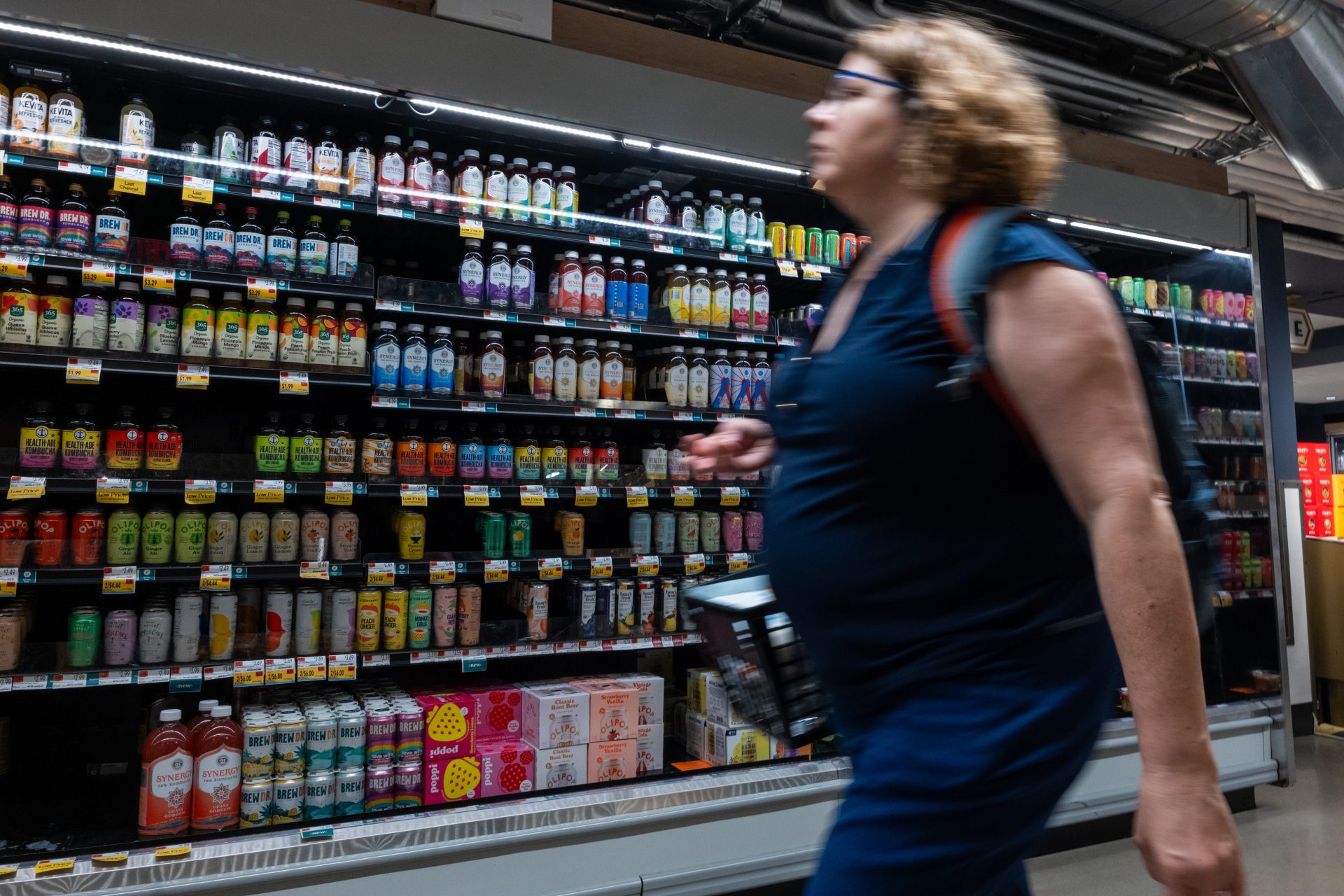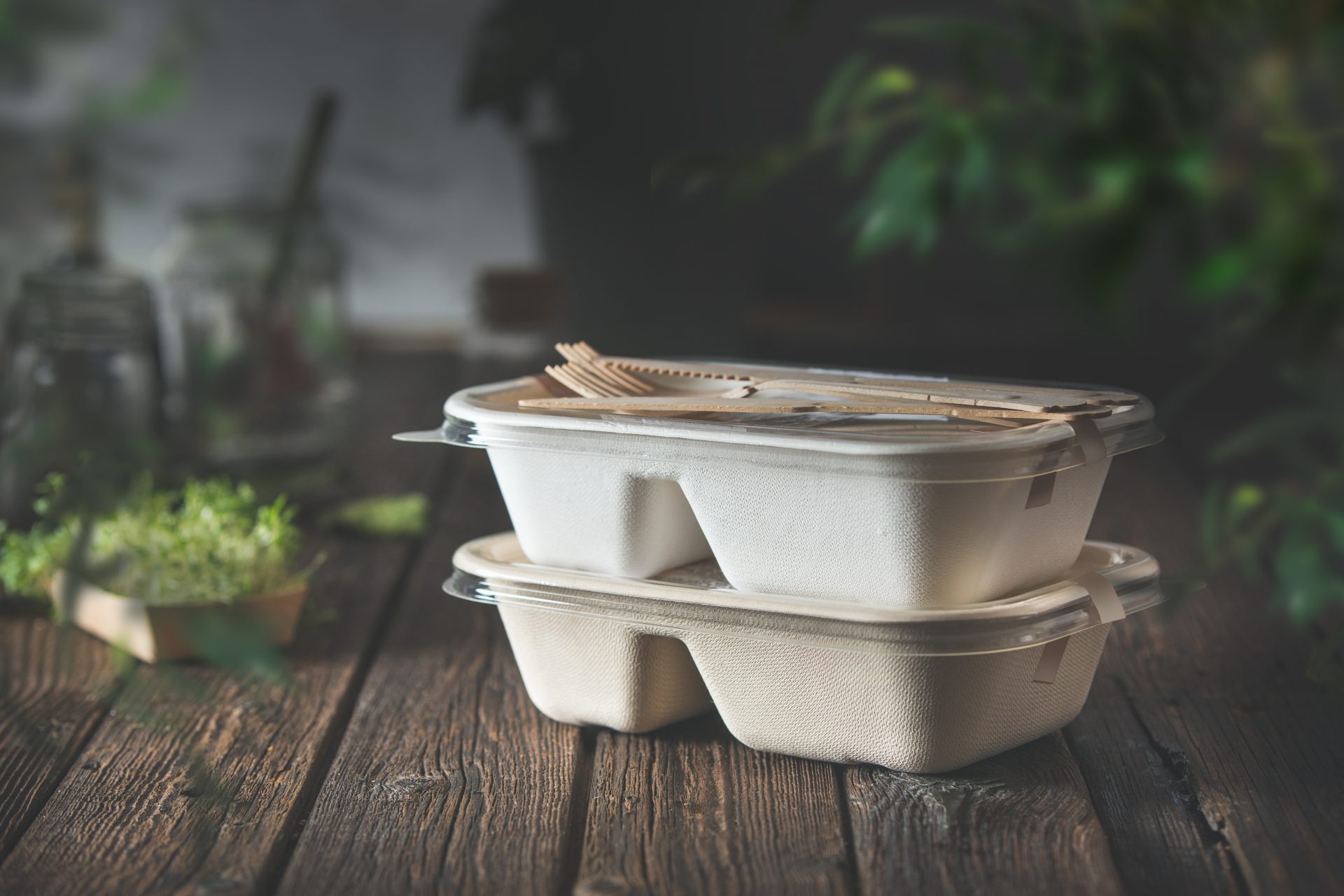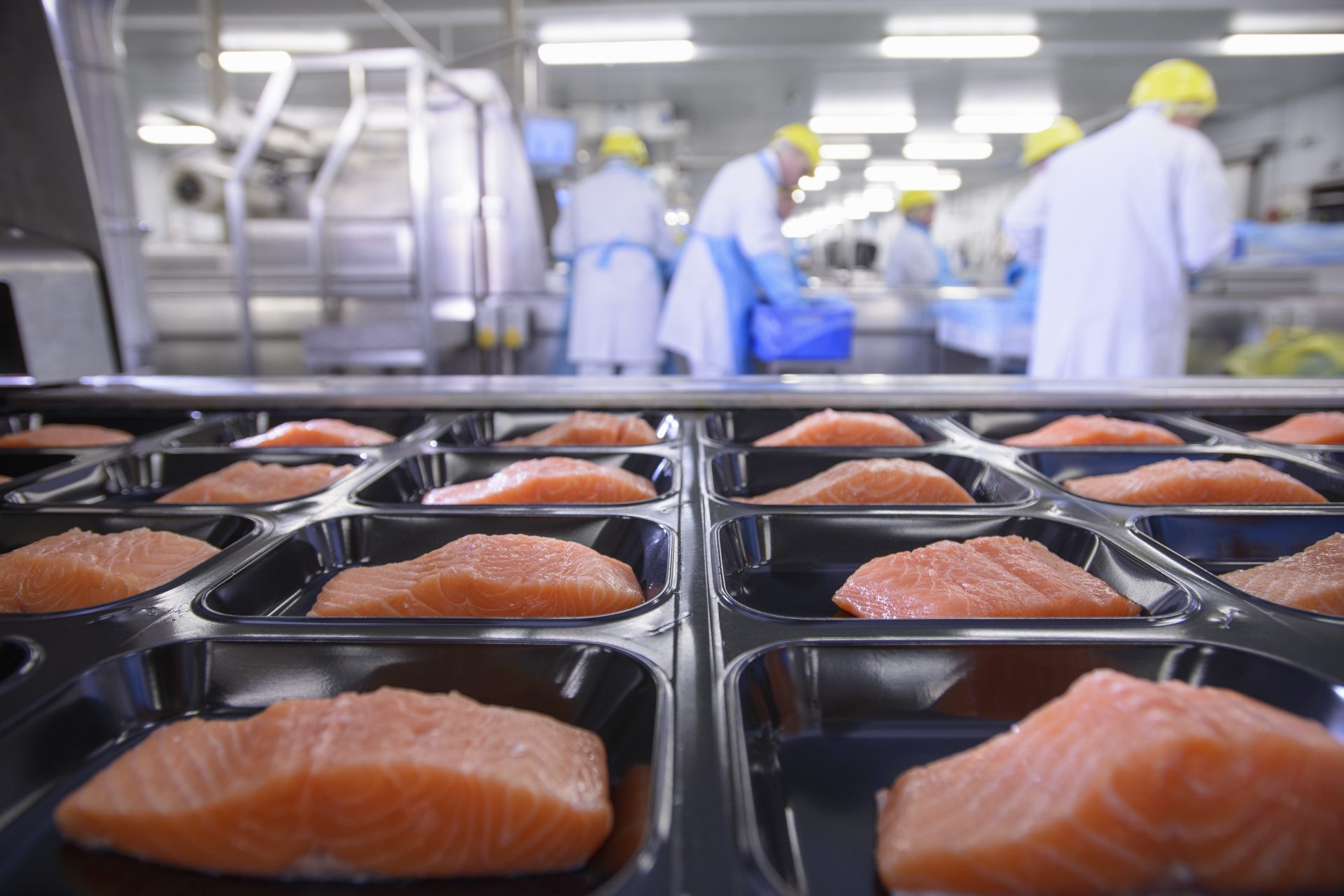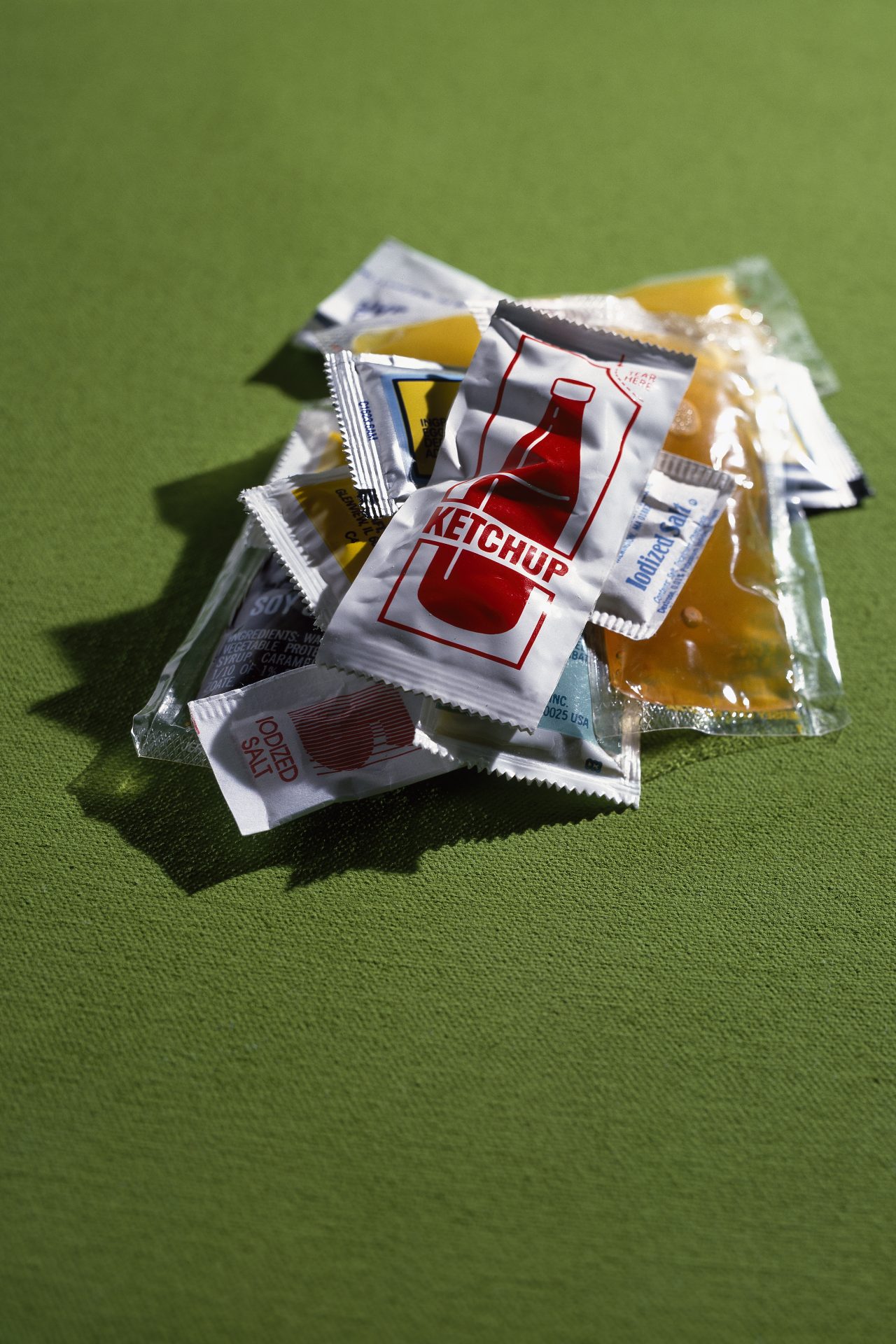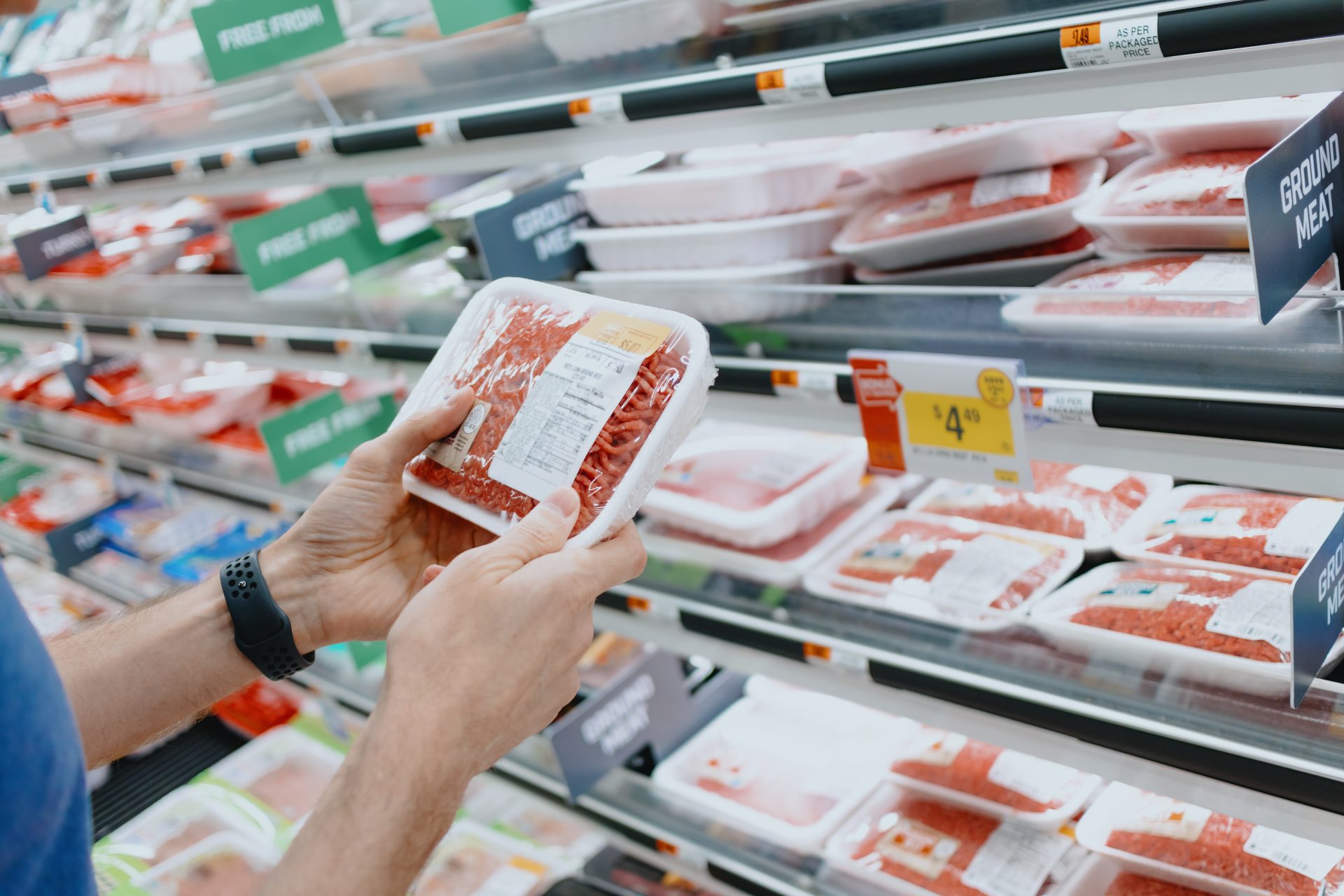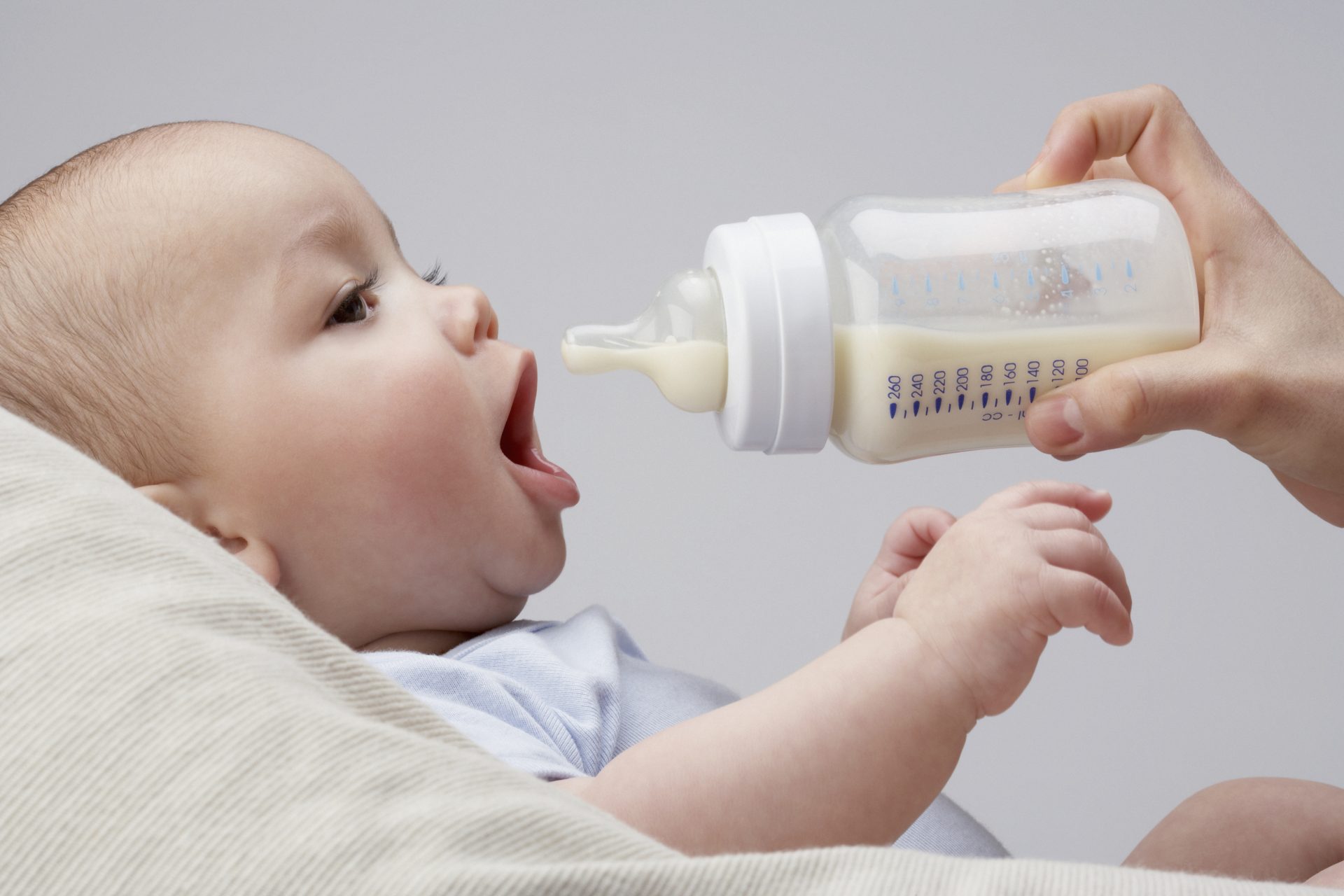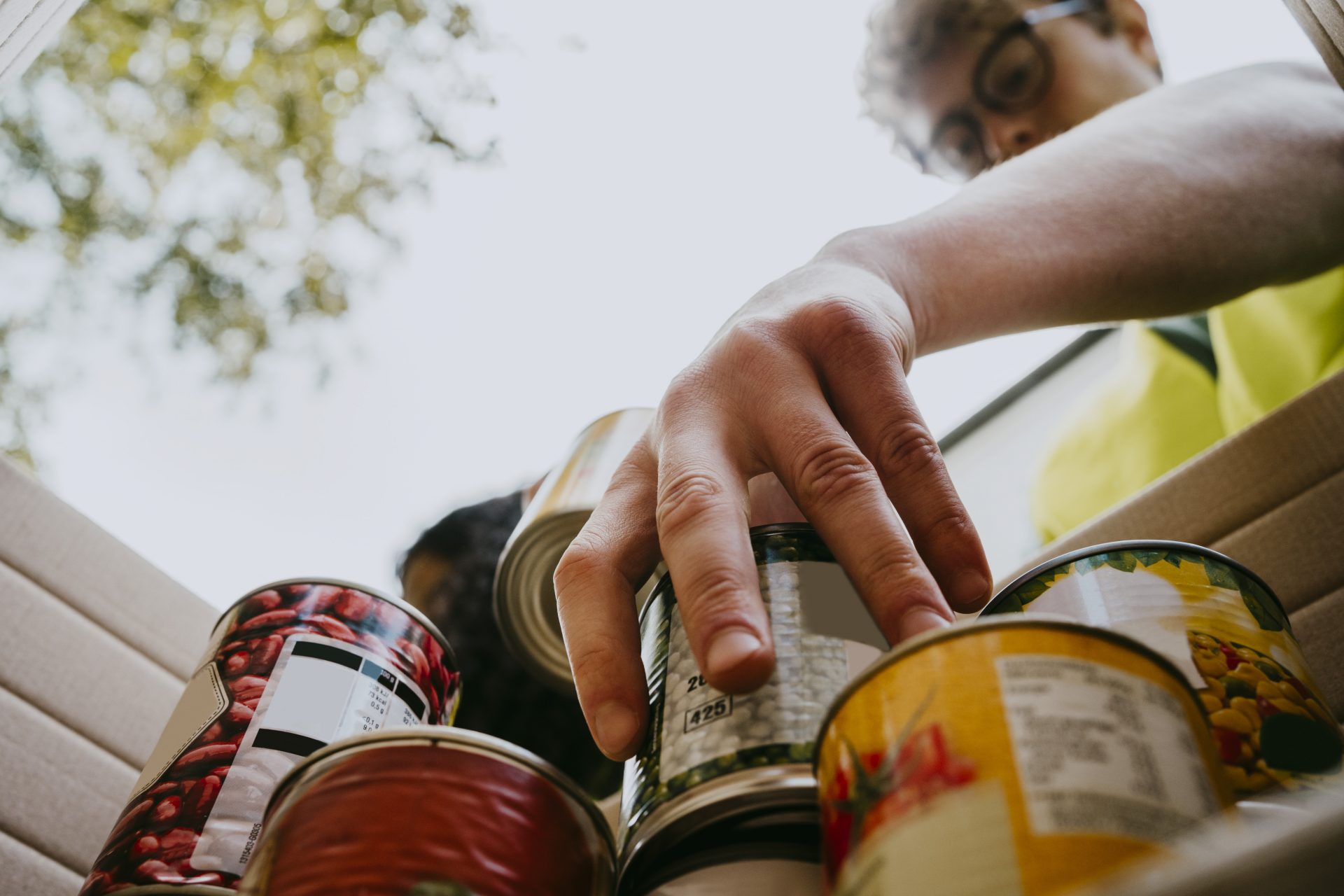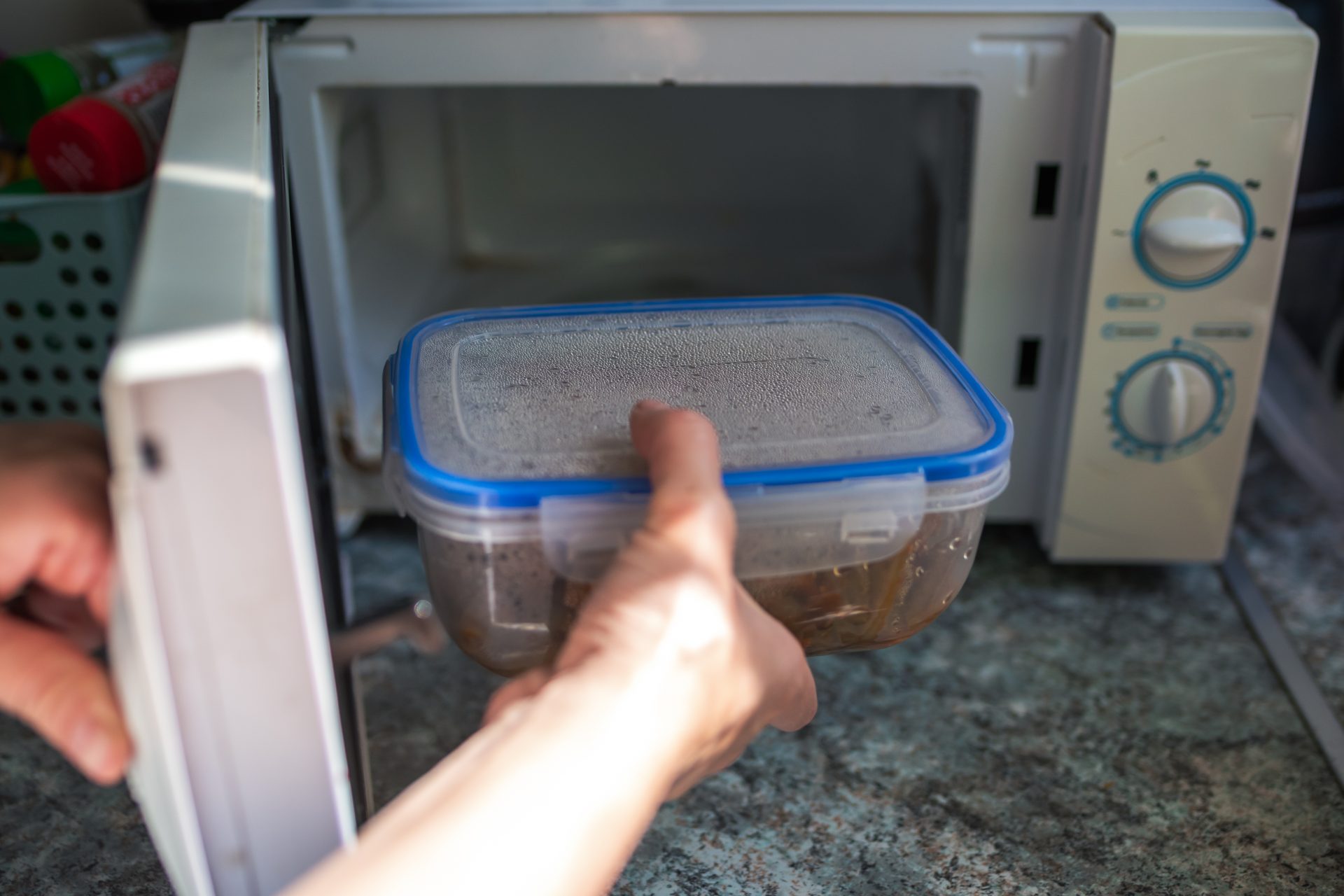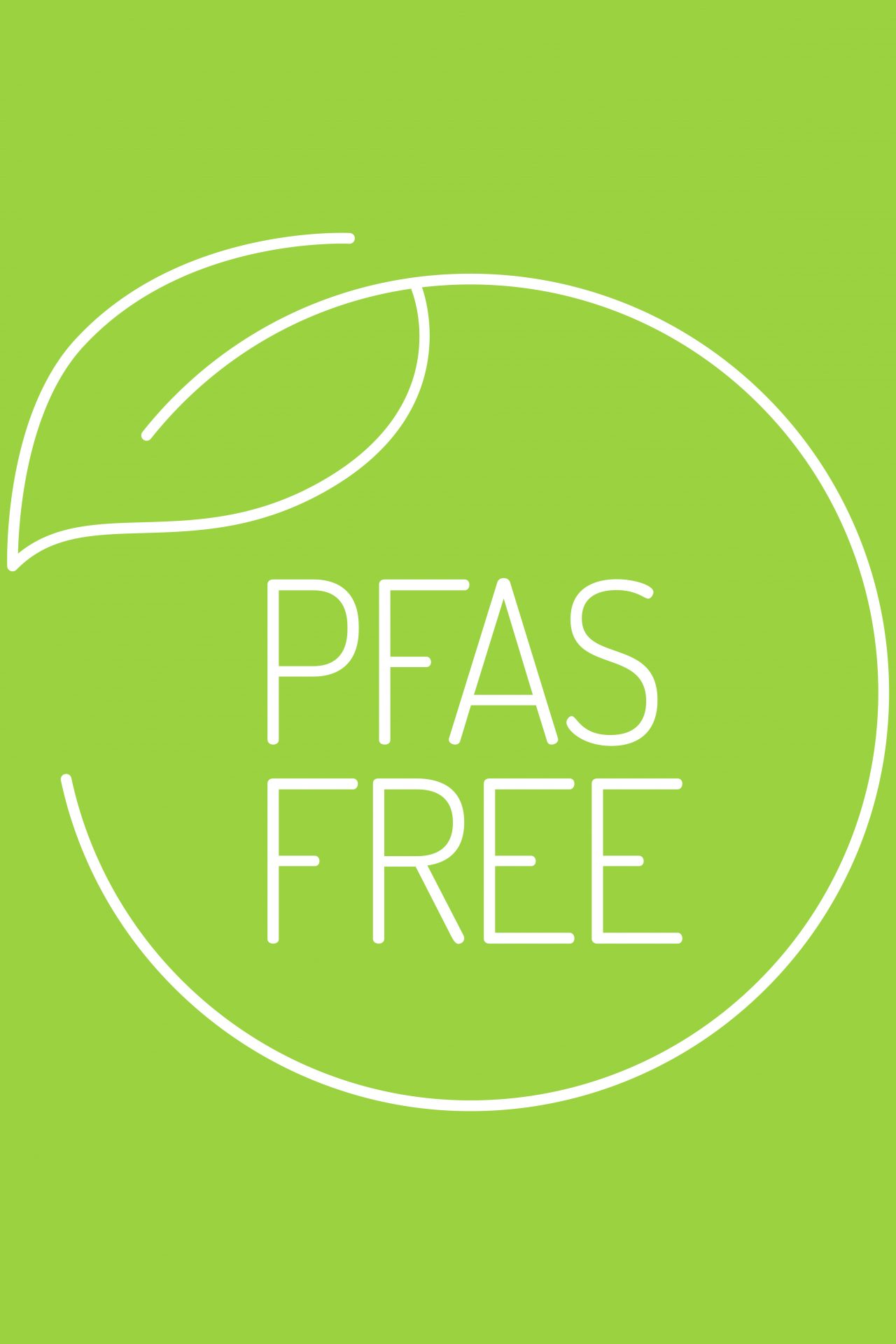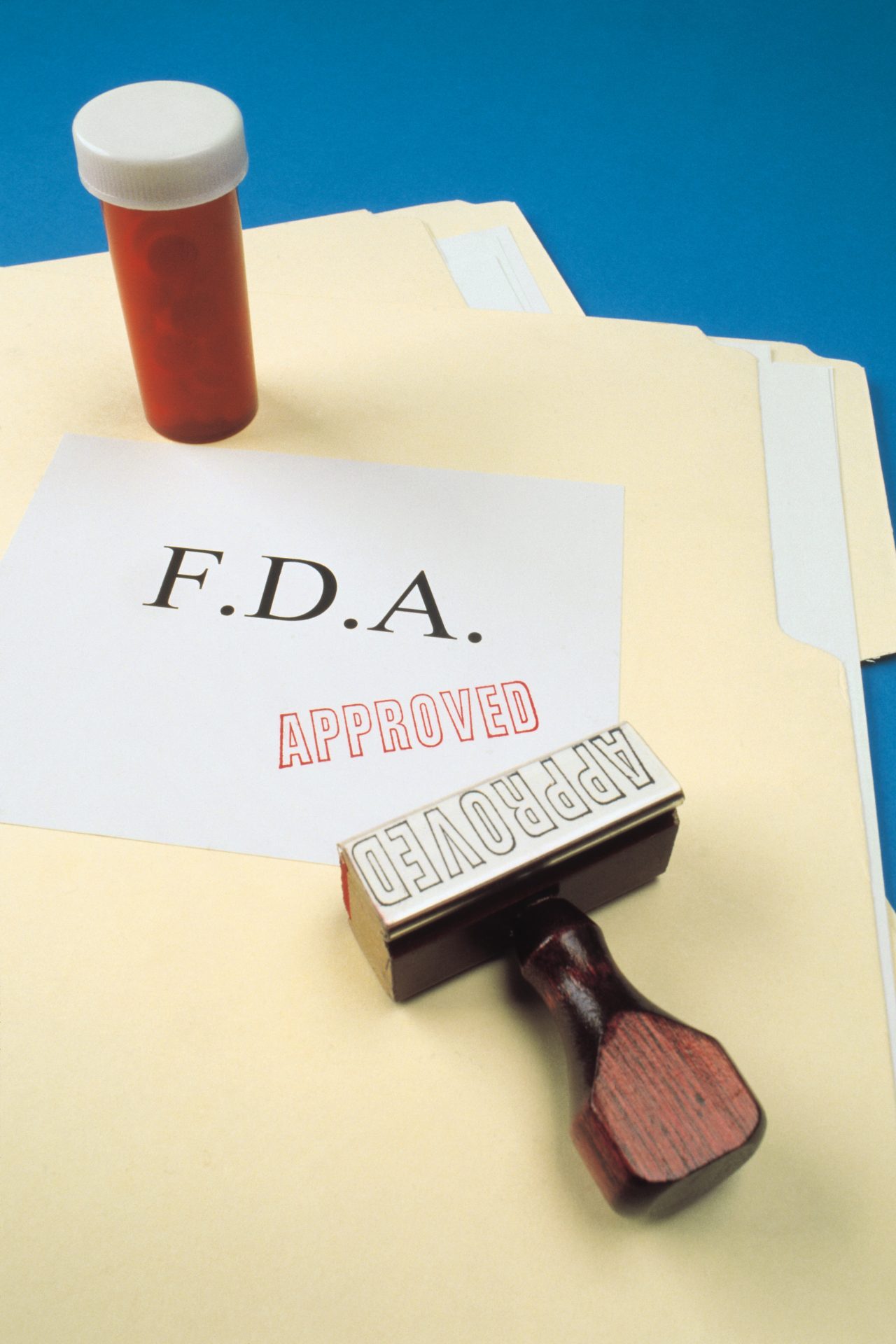Alien chemicals are invading our bodies through packaging
When you’re buying your groceries next, you might want to think about what they’re packaged in as a new study finds that of the roughly 14,000 known chemicals in food packaging, 3,601 have been found in the human body. So far.
Whether it’s the takeaway carton for your kebab and chips, the plastic bottle for your soft drink or the shrink wrap over your chicken or fresh mushrooms, chemicals known to adversely affect our health are leaching into the food we are about to consume.
“This is a staggering number [of chemicals] and shows that food contact materials are a significant source of chemicals in humans,” Martin Wagner, a professor of biology at the Norwegian University of Science and Technology in Trondheim, told CNN.
The chemicals include PFAS, otherwise known as Forever Chemicals, because they don’t break down completely and accumulate in the environment, animals and ultimately in humans.
A staggering 98% of Americans have some level of PFAS in their bodies. Linked to cancer, liver and kidney damage, they are now, thanks to products such as bottled water, ubiquitous in thousands of communities’ tap water and are almost impossible to get out of soil.
“There are known hazardous chemicals that are known to be linked with adverse human health outcomes,” Jane Muncke, the chief scientific officer of the Food Packaging Forum and one of the paper’s authors said in the Washington Post. “And these chemicals leach out of packaging.”
Foods high in acidity and fat are more likely to absorb these chemicals and smaller containers are likely to increase absorption as is heating takeaway food in its container in the microwave, for example.
Muncke speaks in The Washington Post about a flight meal she was given that included a tiny bottle of salad dressing. “They served the salad with a 15-milliliter little plastic bottle with olive oil and vinegar that you could pour over it,” she said. “I thought, ‘Well, I’m not doing that.’”
Meanwhile, Muncke is reported on CNN, saying, “I think it would be fantastic to make it a regulatory requirement for companies to declare how much and what type of chemicals they are putting into my food or plastic water bottle.”
Another chemical that was found to have seeped into the human body from packaging was Bisphenol A or BPA that was once used in baby bottles, sippy cups and infant formula containers until protests from parents stopped the practice 10 years ago.
While BPA has been associated with fetal abnormalities and brain disorders in children, adults absorbing the chemical have been found to develop diabetes, heart disease, cancer and erectile dysfunction.
BPA can seep into food from the linings of the cans as well as from food storage containers and water bottles, according to the National Institute of Environmental Health Sciences.
Melanie Benesh, from the Environmental Working Group, or EWG, a consumer organization that monitors exposure to PFAS and other dangerous chemicals said, “The bigger question is do we really need these chemicals to process our food?
“When there are chemicals in our bodies that we know have the potential to cause us harm, we should be eliminating every route of exposure that we can,” she added.
For the first time, the FDA has made moves to improve its assessment of chemicals found in food, including food contact substances, potential contaminants and pesticides and questionable ingredients that have generally been approved as safe up to now.
“This is unprecedented,” the EWG’s Benesh told CNN. “This is the first time the FDA is talking about standing up a rigorous review program that puts human health first, that puts chemical safety first, and that restores some of the trust consumers have lost in the agency.”
More for you
Top Stories



